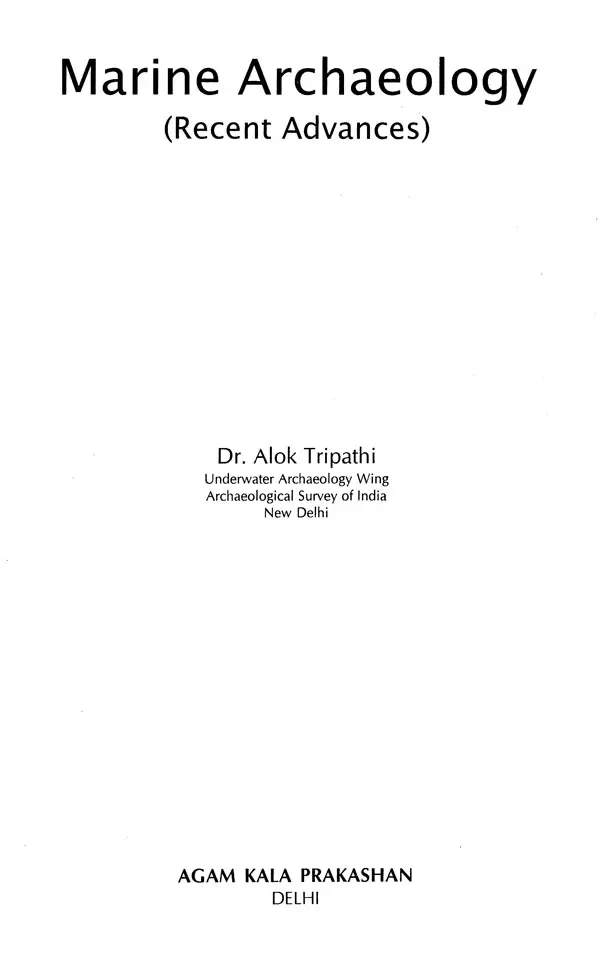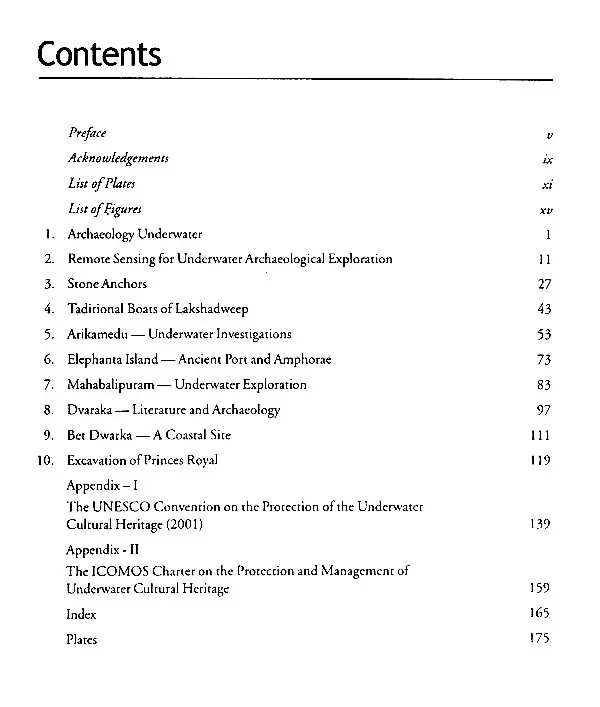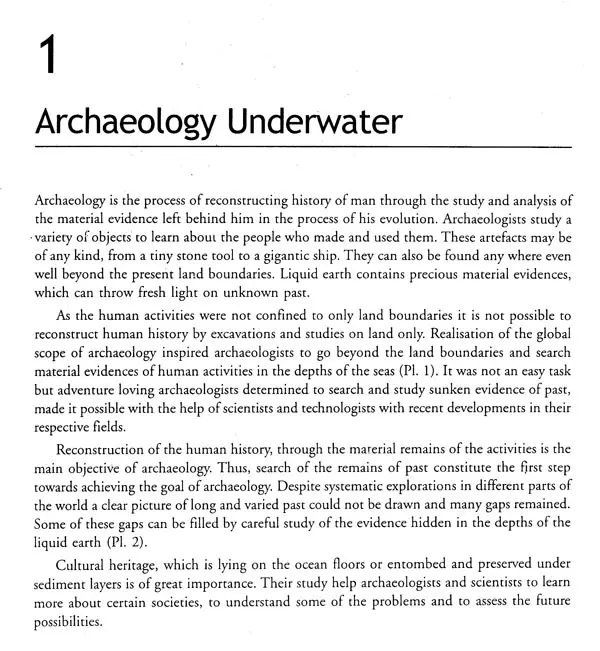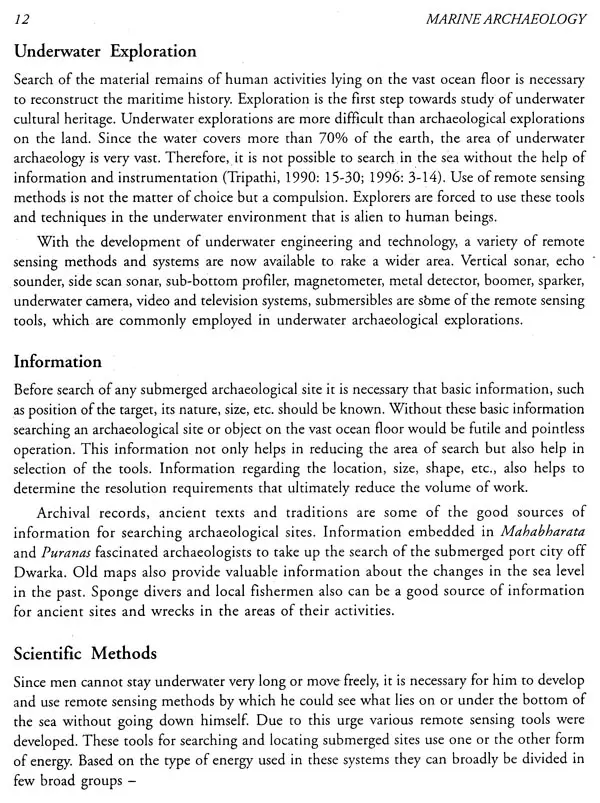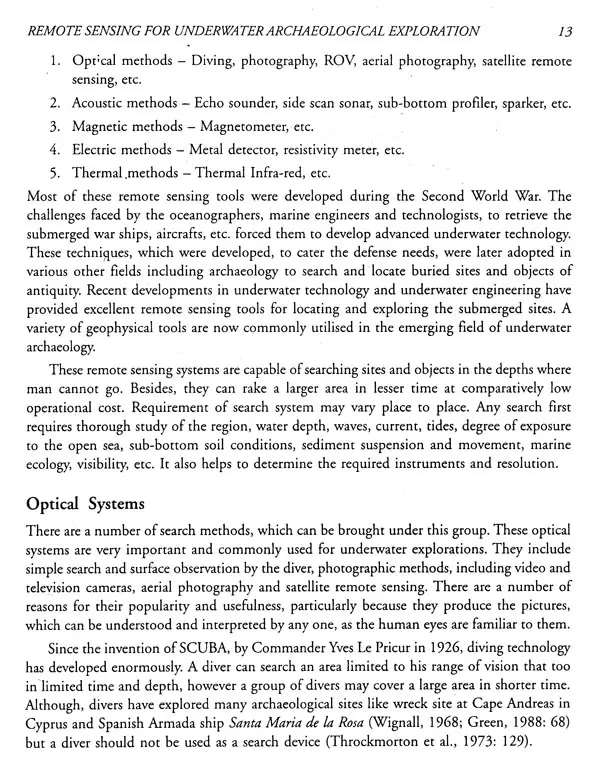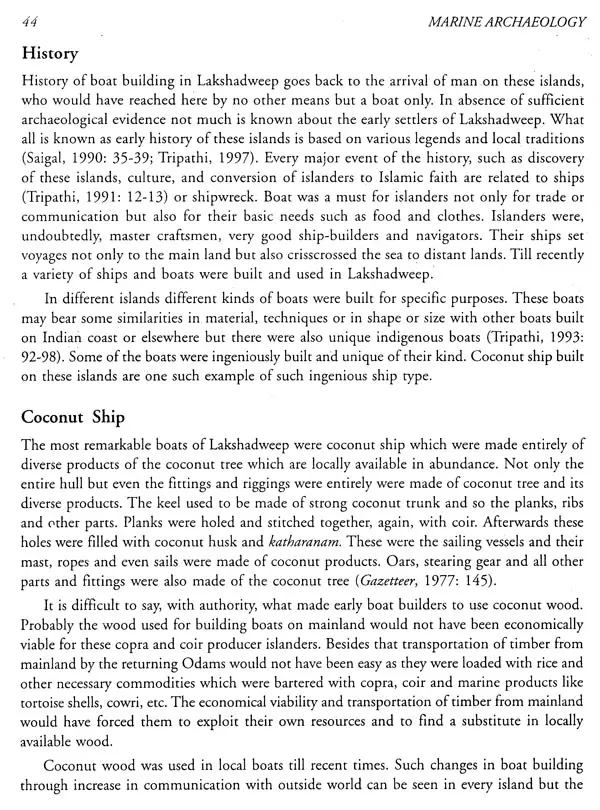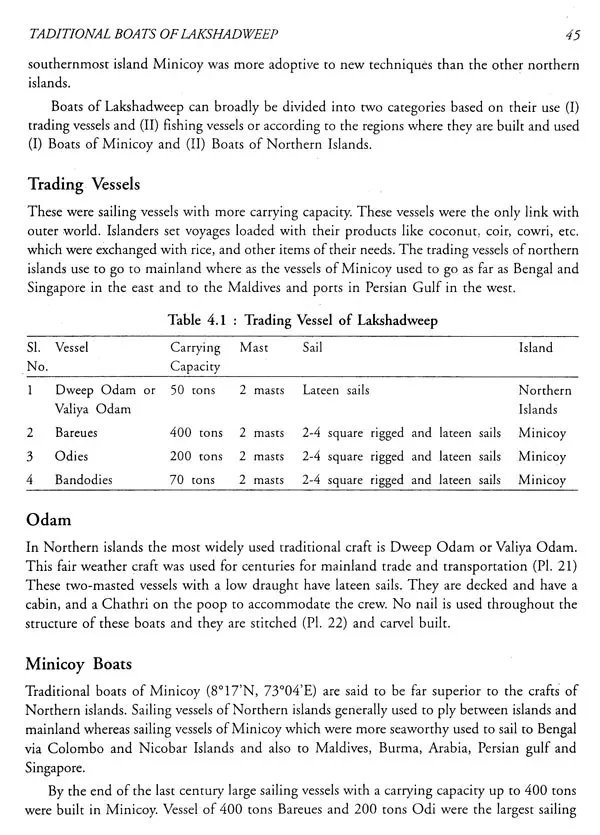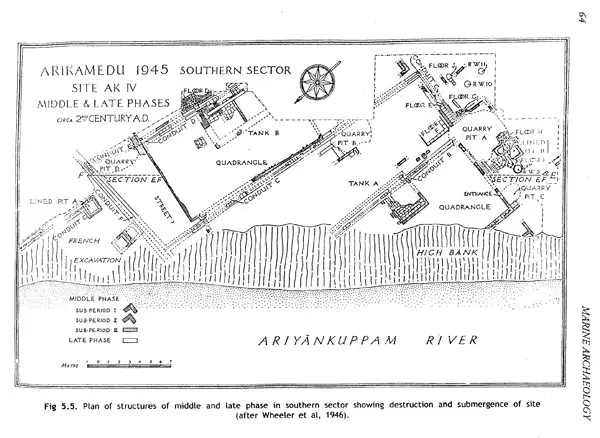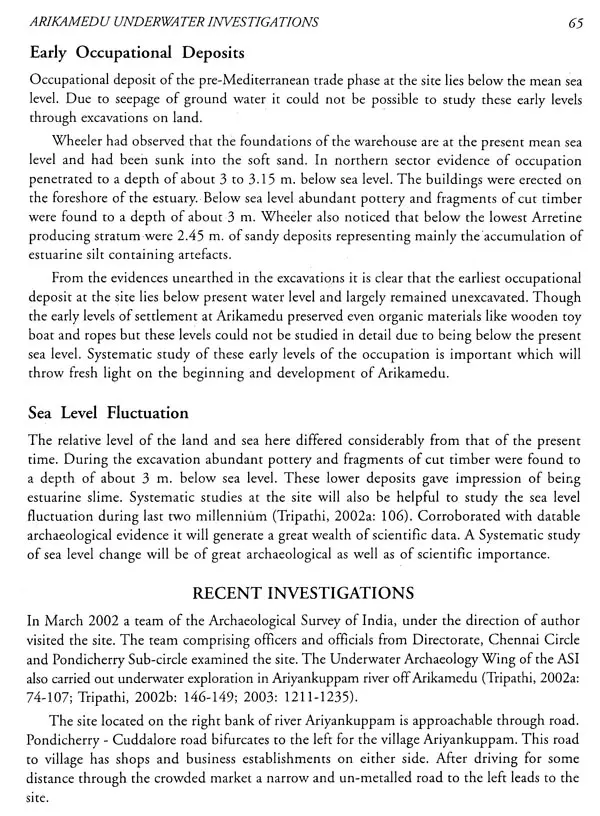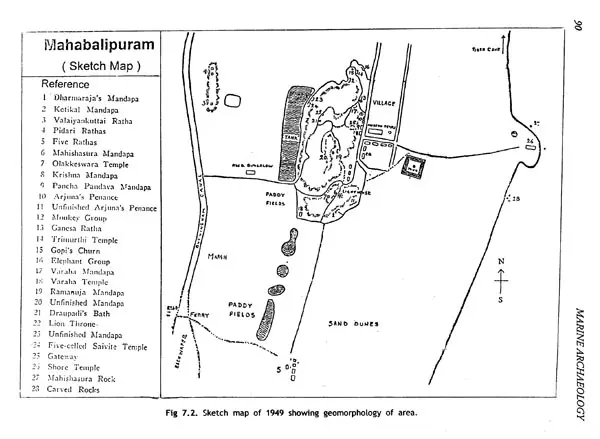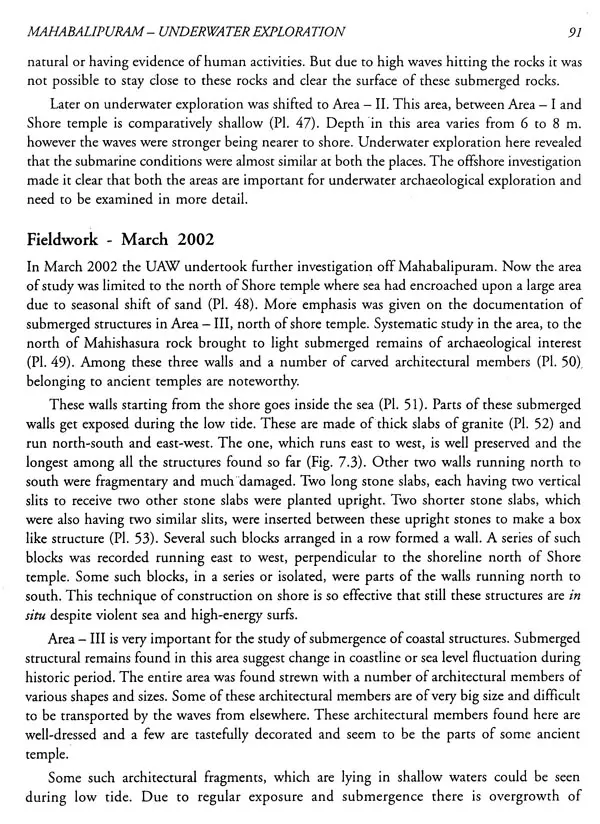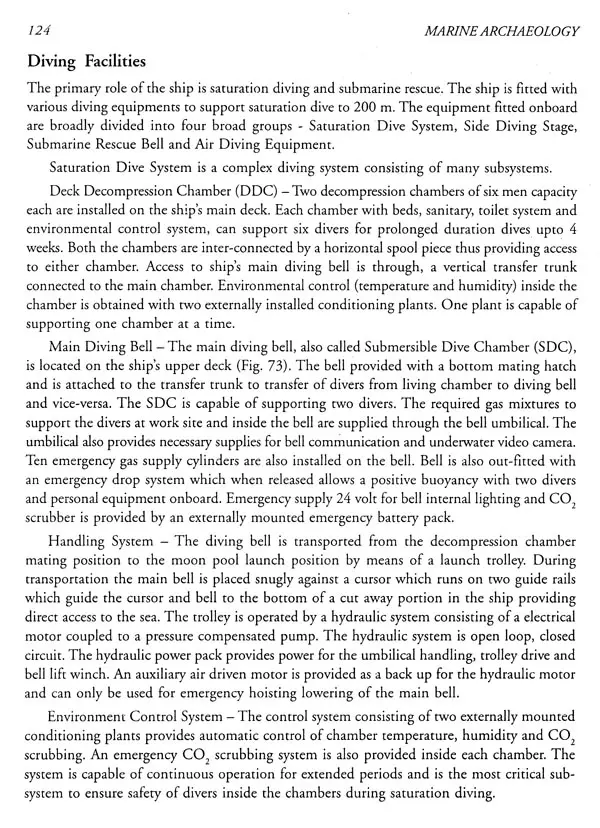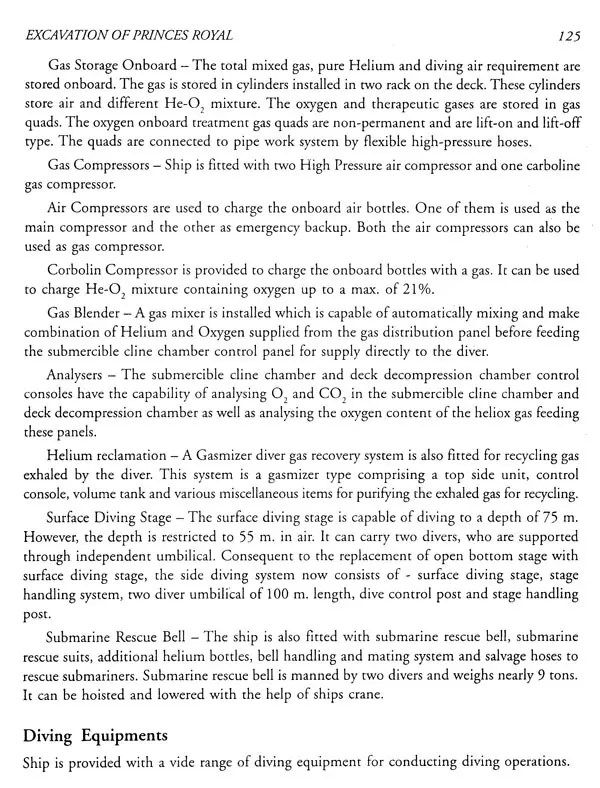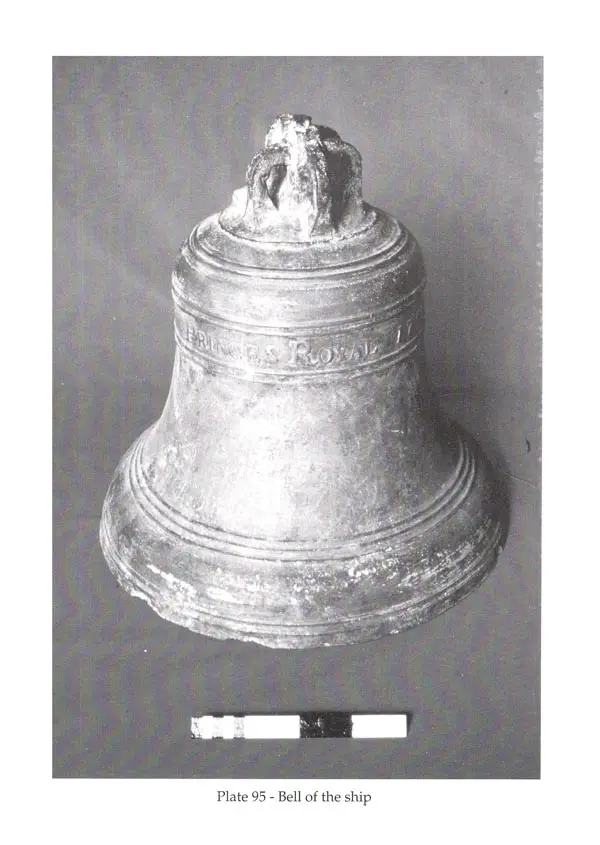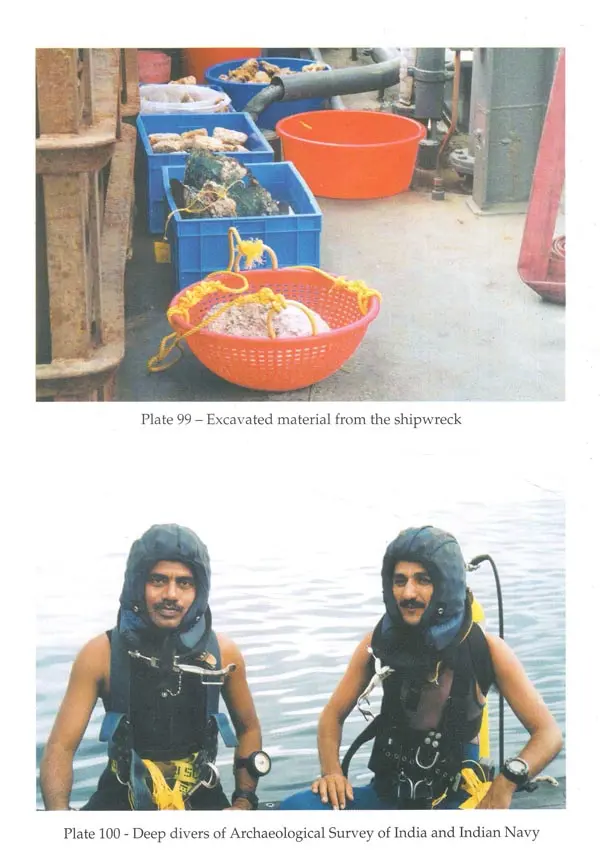
Marine Archaeology (Recent Advances)
Book Specification
| Item Code: | UAN358 |
| Author: | Alok Tripathi |
| Publisher: | Agam Kala Prakashan, Delhi |
| Language: | English |
| Edition: | 2005 |
| ISBN: | 8173200572 |
| Pages: | 241 (Throughout Color and B/w Illustrations) |
| Cover: | HARDCOVER |
| Other Details | 11.00 X 9.00 inch |
| Weight | 1.06 kg |
Book Description
Vast water area in and around India is exceptionally rich in underwater cultural heritage. This book is aimed to provide firsthand information about this nascent branch of archaeology The book provides an introduction with the subject with information on recent advances made in this field. Results of the fieldworks Mahabalipuram at and Arikamedu in the Bay of Bengal and Elephanta in the Arabian Sea reveal important information to understand the mechanism of overseas commerce with Mediterranean world seafaring activities in Indian Ocean and coastal changes. Study of Dwarka, Bet Dwarka and Mahabalipuram also generate valuable data for the scientific study of shoreline changes and their effect on the coastal monuments.
Excavation of an eighteenth century shipwreck Princes Royal at 54 m depth with detailed documentation in the Arabian Sea tells about the status of underwater archaeology and deep diving capabilities. The UNESCO Convention and the ICOMOS Charter on Underwater Cultural Heritage would be useful for the protection and presrvation of the underwater cultural heritage.
Profusely illustrated with underwater photographs, line drawings and maps this book embodied the latest researches in marine archaeology and will fascinate not only the scholars and serious students but also the common reader.
Dr. Alok Tripathi, born in 1965 at Gwalior, obtained his Masters Degree in A.I.H.C. and Archaeology and Sociology from Jiwaji University, Gwalior and Doctor of Philosophy from M.S. University of Baroda. He has participated in archaeological excavations at Karkabhat and Sorar, Sopara, Paithan, Dholavira, Rakhigarhi and Ojiyana.
He is a diver and has participated in underwater excavations at Dwarka in the Arabian Sea; Tranquebar and Kaveripattnam in the Bay of Bengal; Calanque de l'Ann (France); La Pointe Lequin (France); Cala Culip VI (Spain) in the Mediterranean Sea and Saint Vaast La Hougue (France) in the English Channel.
He is presently heading the Underwater Archaeology Wing of the Archaeological Survey of India. He is Director of excavation of a shipwreck Princes Royal off Bangaram Island and excavation at Elephanta Island, in the Arabian Sea and excavation at Mahabalipuram in the Bay of Bengal.
He has visited France, Spain, Monaco, Denmark, UK, Hong Kong, Macau SAR China and Nepal. He is the author of 'Excavation of Princes Royal', Recent Excavations in Rajasthan' and editor of Proceedings of the International Seminar on Marine Archaeology' and 'Remote Sensing and Archaeology. Besides he has published more than 50 research papers in various reputed journals and other volumes.
India has 7,516 km. long coastline, 1197 islands and 1.55. 889 sq. km. of territorial waters and 20,13,410 sq. km. exclusive economic zone. The vast water area of the country is exceptionally rich in underwater cultural heritage. The importance of underwater archaeology was realized several decades back and as early as in the 6th five-year plan it was proposed to start underwater archaeology in India.
Marine archaeology started in the 1981 and underwater works, particularly at Dwarka, generated a lot of popularity to this discipline, not only among archaeologists and historians but also in public. Unfortunately, during last more than two decades this branch of archaeology could not develop in the country, as it should have been. Establishment of the Underwater Archaeology Wing in the Archaeological Survey of India is a major step towards the development of the subject.
It is clear that without bringing awareness in public, protection of underwater cultural heritage is not possible. Unless all the departments of archaeology in all the coastal states of India actively participate in marine archaeology not much can be expected from one or two centres in the country. Similarly universities teaching archaeology should also include marine archaeology in their syllabus.
This book is an attempt to provide an introduction with the subject with information on recent advances made in this field. First chapter is a brief introduction to the subject. The area of underwater archaeology is very vast and search of archacological remains on vast ocean floors is not an easy task. A variety of remote sensing methods and systems like - echo sounder, side scan sonar, sub-bottom profiler, magnetometer, metal detector, boomer, sparker, underwater camera, video and television systems, submersibles, etc. are commonly employed in underwater archaeological explorations. Second chapter tells about the variety of scientific tools used in underwater archaeology and their applications to explore and locate submerged sites and objects.
